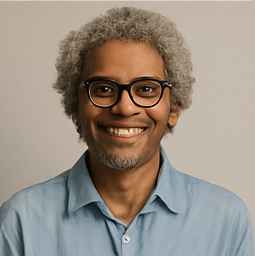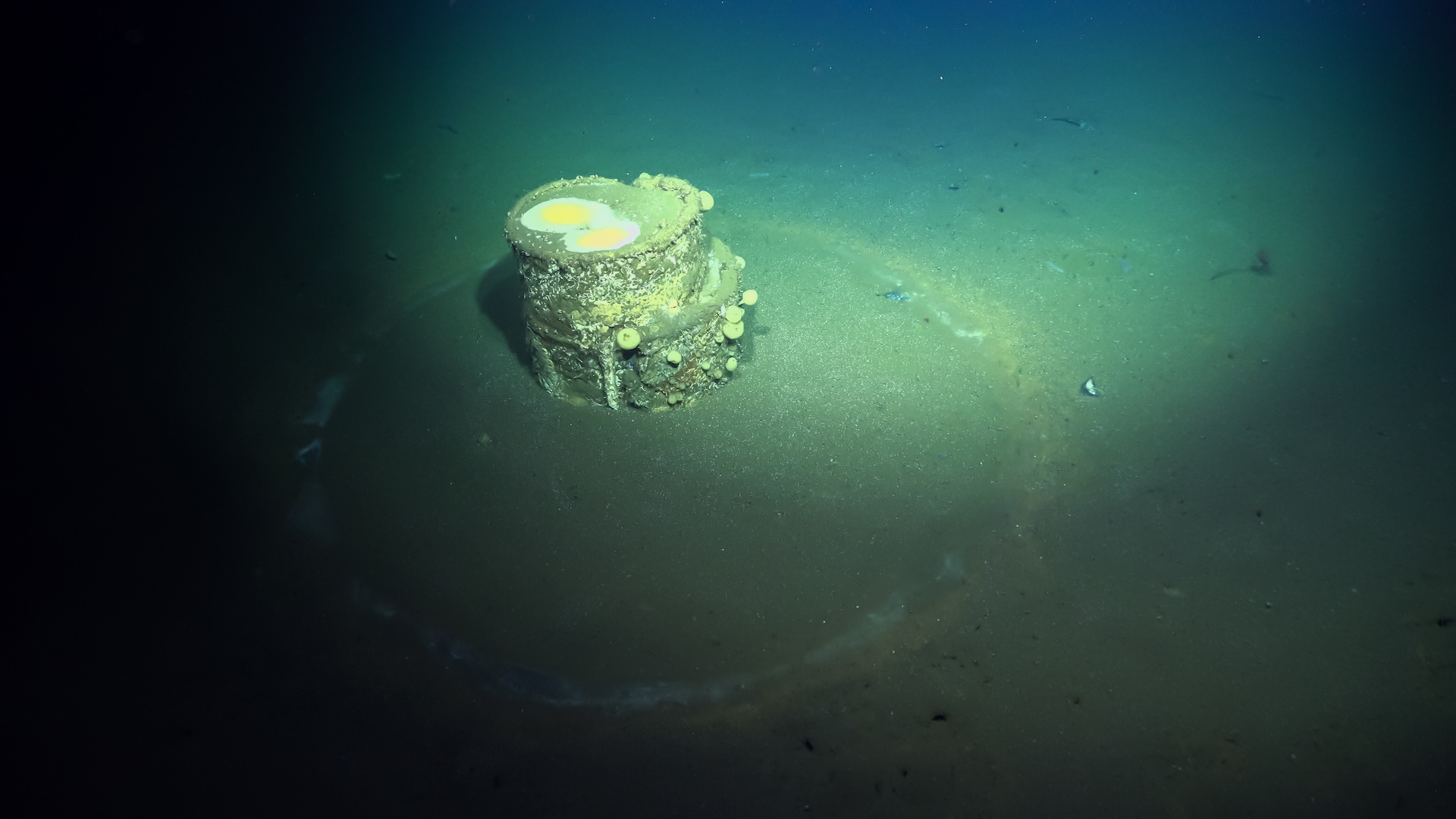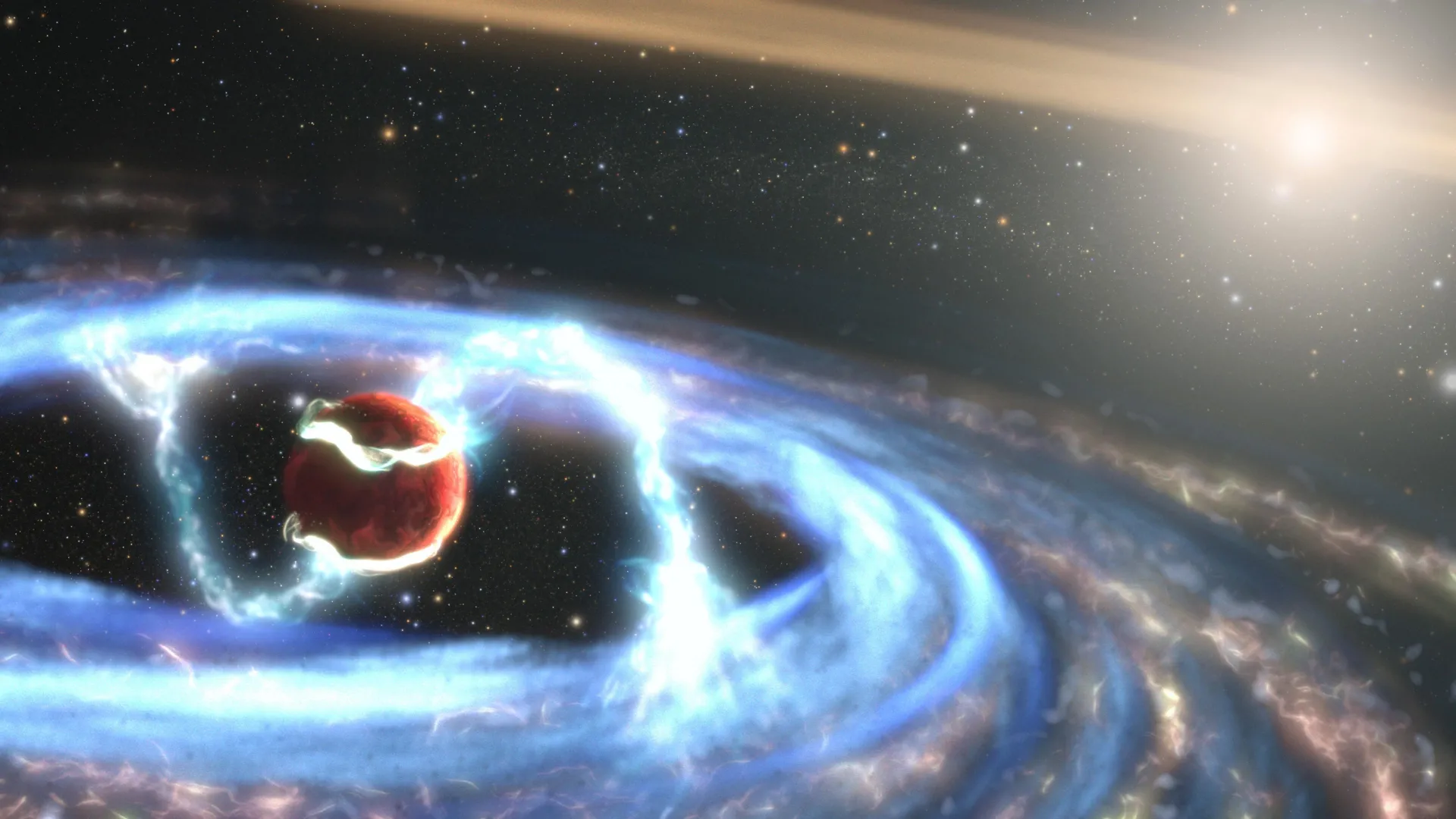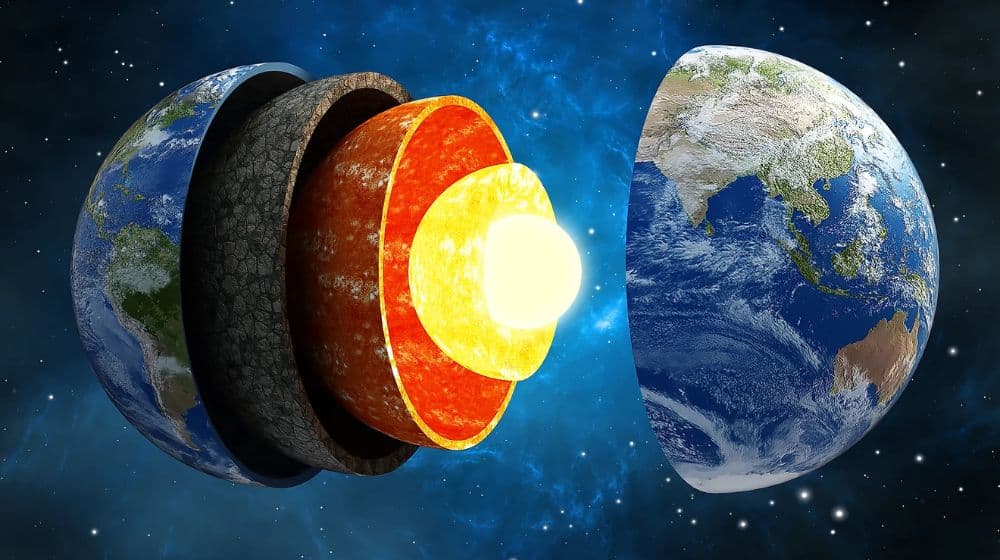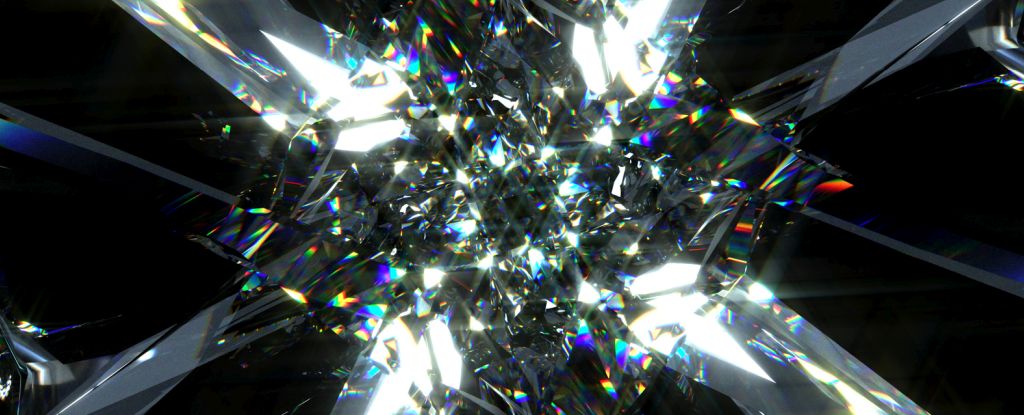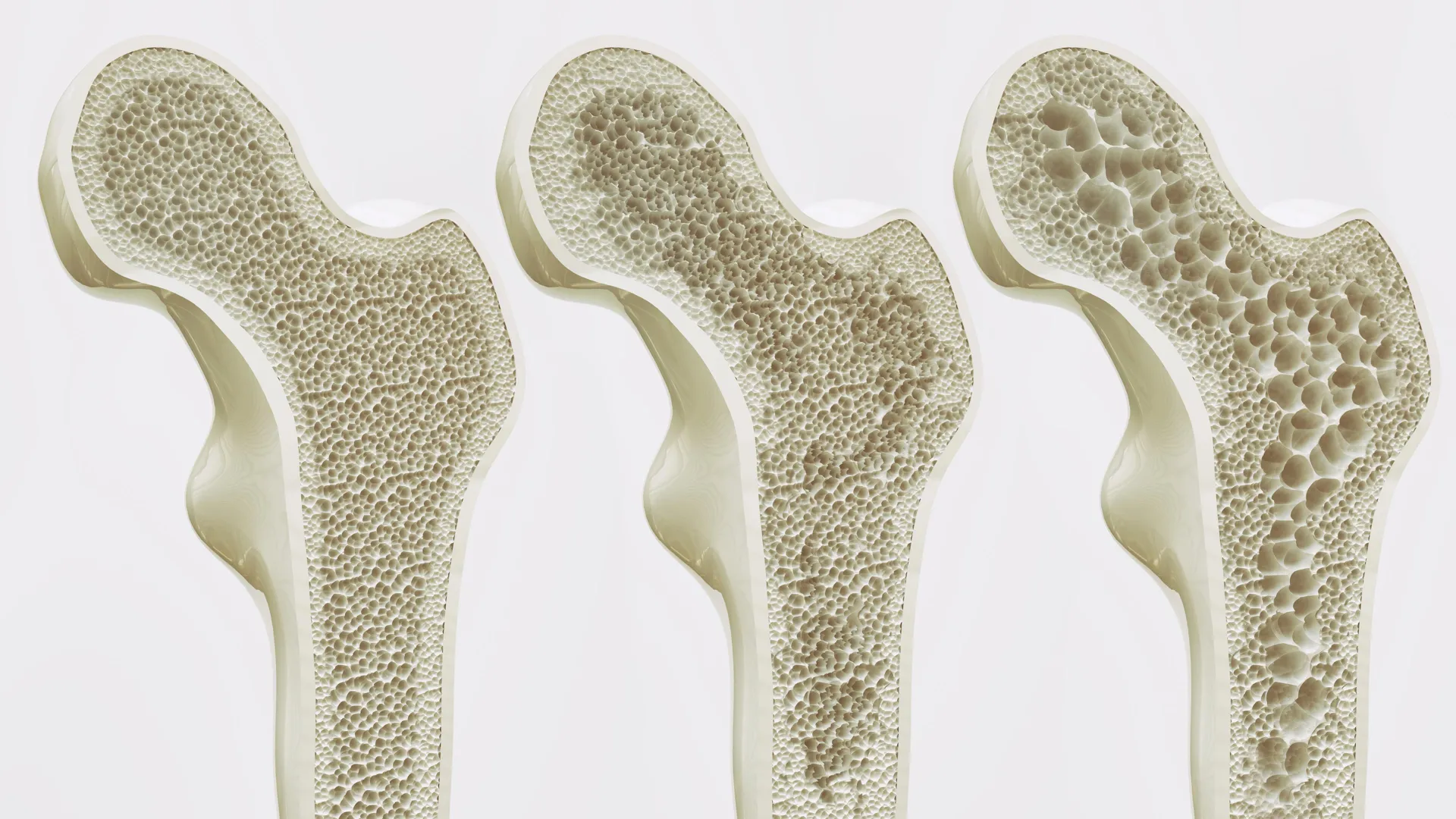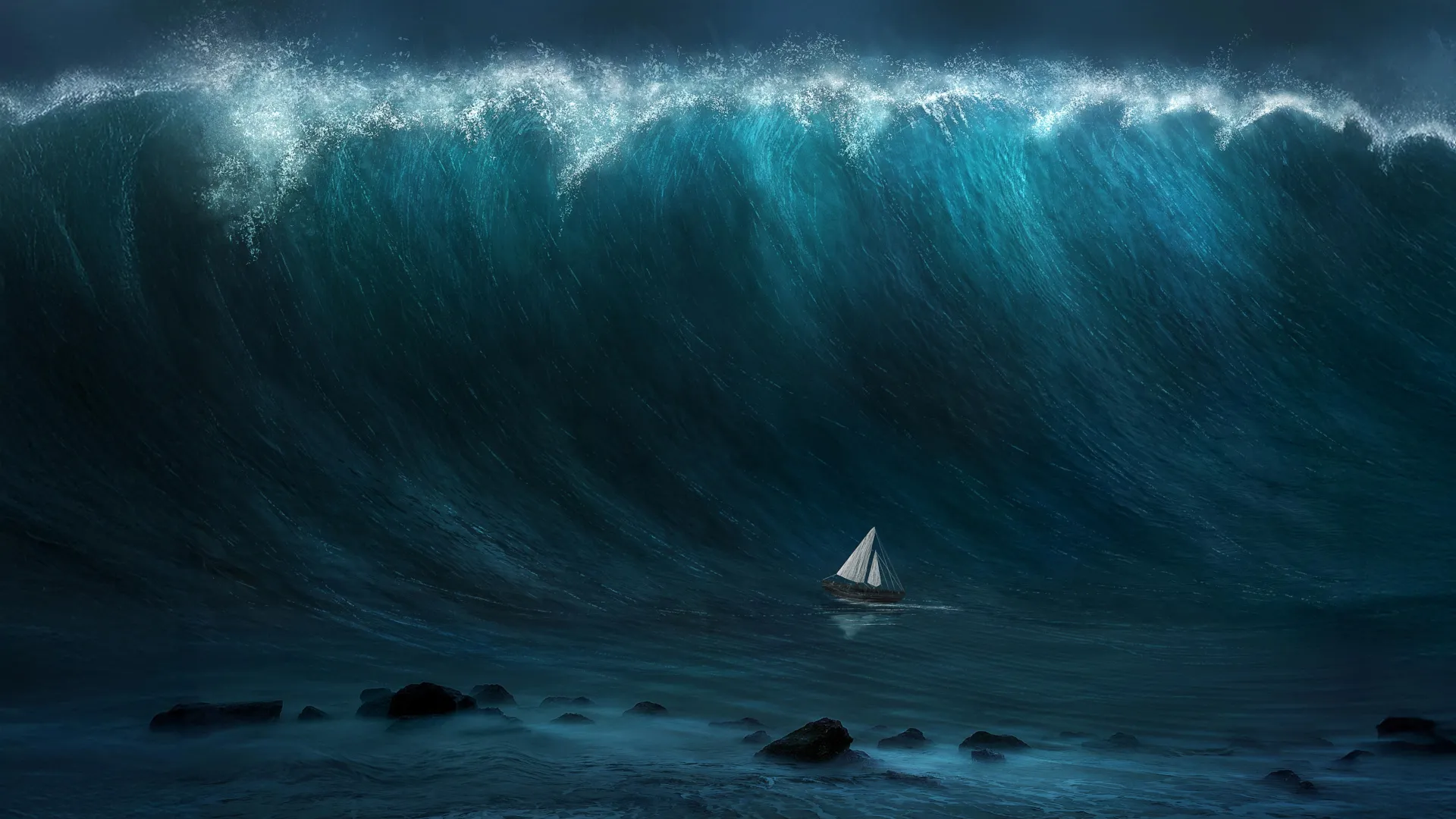Earth's Surface Rips in Real-Time: Shocking Footage of 2.5-Meter Slip During Major Earthquake!
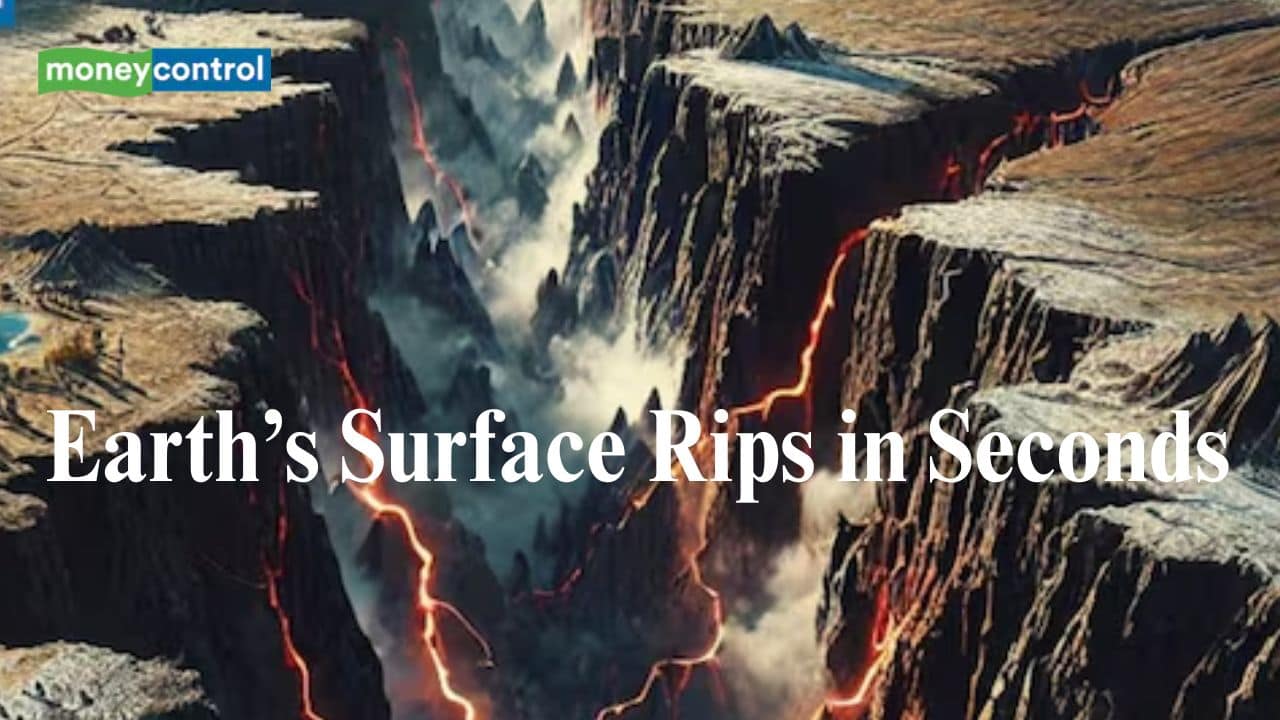
Have you ever wondered what happens beneath our feet when the earth shakes? In a stunning twist of fate, real-time footage from a 7.7-magnitude earthquake in Myanmar on March 28 has revealed an extraordinary phenomenon that science has only theorized until now. For the first time, we are given a front-row seat to the dramatic rupture of the Earth's crust, captured by a lone CCTV camera. This captivating glimpse into the mechanics of plate tectonics offers insights that could forever change our understanding of earthquakes.
The culprit of this seismic event was the Sagaing Fault, a notorious geological line cruising through central Myanmar. When the quake hit, the ground jolted sideways with the force of a runaway train, almost like a giant belt snapping in an instant. This wasn’t just any tremor; it was a mesmerizing display of the Earth's crust shifting and sliding in a spectacular ballet of geology.
Normally, the slow and silent movements of plate tectonics take place over centuries, with earthquakes typically unfolding in mystery. However, this video has turned our understanding on its head, allowing geophysicists a rare chance to witness the rupture unfurling in just 1.3 seconds. Thanks to an innovative technique known as pixel cross-correlation, researchers quantified a remarkable 2.5-meter sideways shift, with peak speeds reaching 3.2 meters per second!
What makes this footage even more compelling is that it not only captured the speed of the rupture but also the shape of the slip itself. The fault didn’t just move in a straight line; it curved, much like ripples traveling across the surface of a pond. This fascinating detail supports a long-debated geological concept known as “slickensides,” which are tiny scratches left on rock surfaces by the movement of faults.
With this newfound clarity, scientists can now revisit historic earthquakes with a fresh perspective. For instance, in New Zealand, the curved slickenlines from the Alpine Fault’s devastating 1717 quake may provide crucial information about how that rupture propagated, even centuries later. This astonishing video doesn’t just mark a breakthrough in earthquake research; it opens the door to a future where we might monitor faults in real-time, enhancing our understanding of the forces at play beneath our feet and potentially improving earthquake forecasting.
Led by Jesse Kearse of Kyoto University, this groundbreaking study, published in GeoScienceWorld, has ushered in a new era of earthquake research. Now, instead of merely feeling the tremors, we might just witness the Earth’s dramatic shifts unfold before our very eyes.







